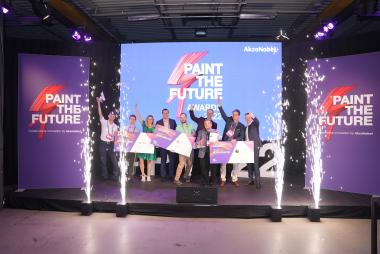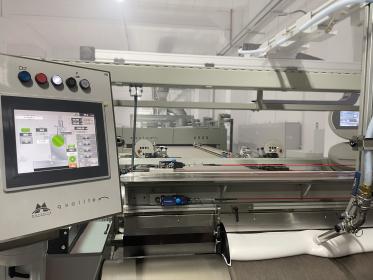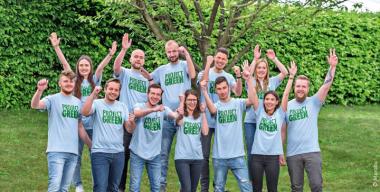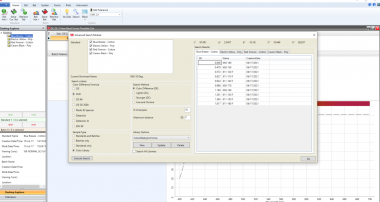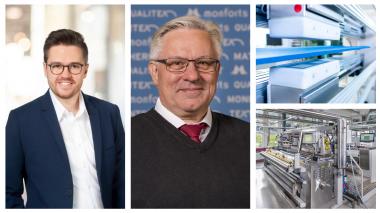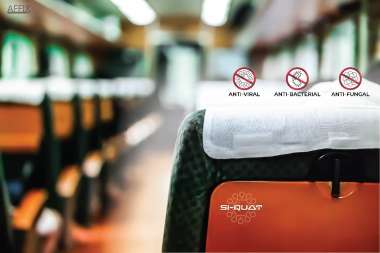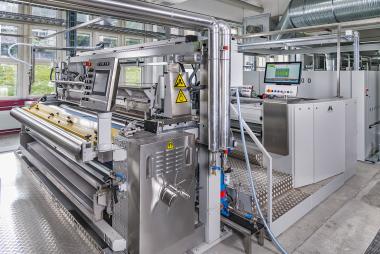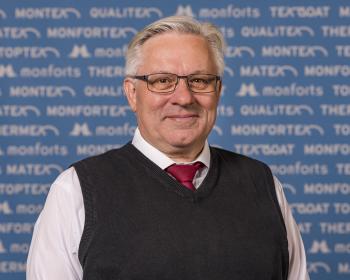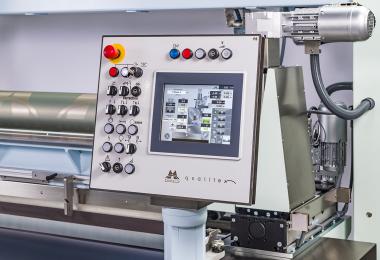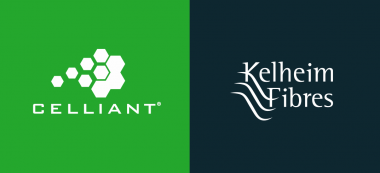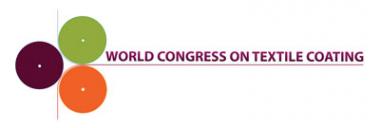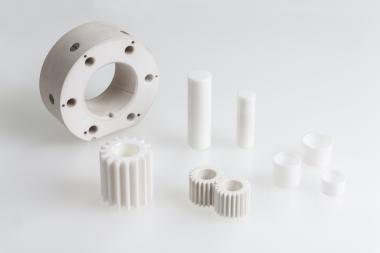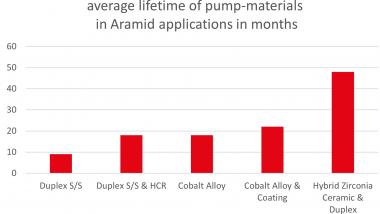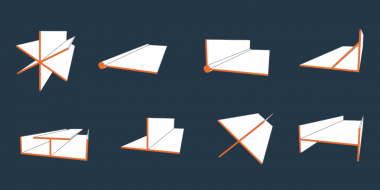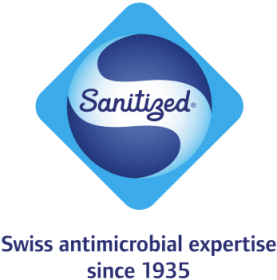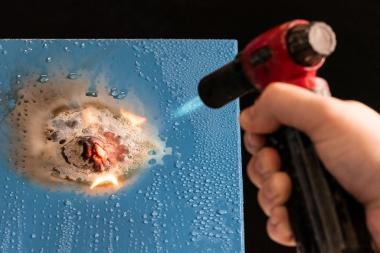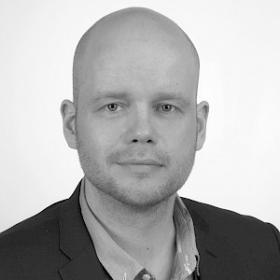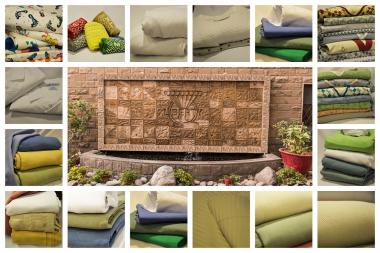Three Startups receive the Paint the Future award from AkzoNobel
The three winners of the Paint the Future global startup challenge are all set to accelerate their innovative solutions for the paints and coatings industry. Following an intense three-day bootcamp, these startups were selected by an international jury to continue working with AkzoNobel on sustainable business opportunities.
These are the three winners of the Paint the Future global startup challenge:
- SolCold (Israel) - Sustainable self-cooling coating based on anti-Stokes
- Aerones (Latvia) - Robotics for wind turbine maintenance
- SprayVision (Czech Republic) - Data-driven approach to optimal spray application of paint
“Through Paint the Future, we’re bringing innovation and sustainability together as a key driver of our business,” says Thierry Vanlancker, AkzoNobel CEO. “In our ecosystem, we collaborate with startups, suppliers, customers and academia around exciting solutions that will ensure a more sustainable future.”
Paint the Future startup challenges are designed to connect startups with industry knowledge and expertise to help accelerate their solutions in the paints and coatings industry. This Paint the Future global startup challenge launched May 18, 2021, attracting 245 submissions from 62 countries. Ten finalists were invited to Amsterdam to participate in the bootcamp program.
This is AkzoNobel’s second global startup challenge, following its industry-first predecessor in 2019. Regional startup challenges have since been held in Brazil (2020), China (2021), and most recently in India (2022).
AkzoNobel


